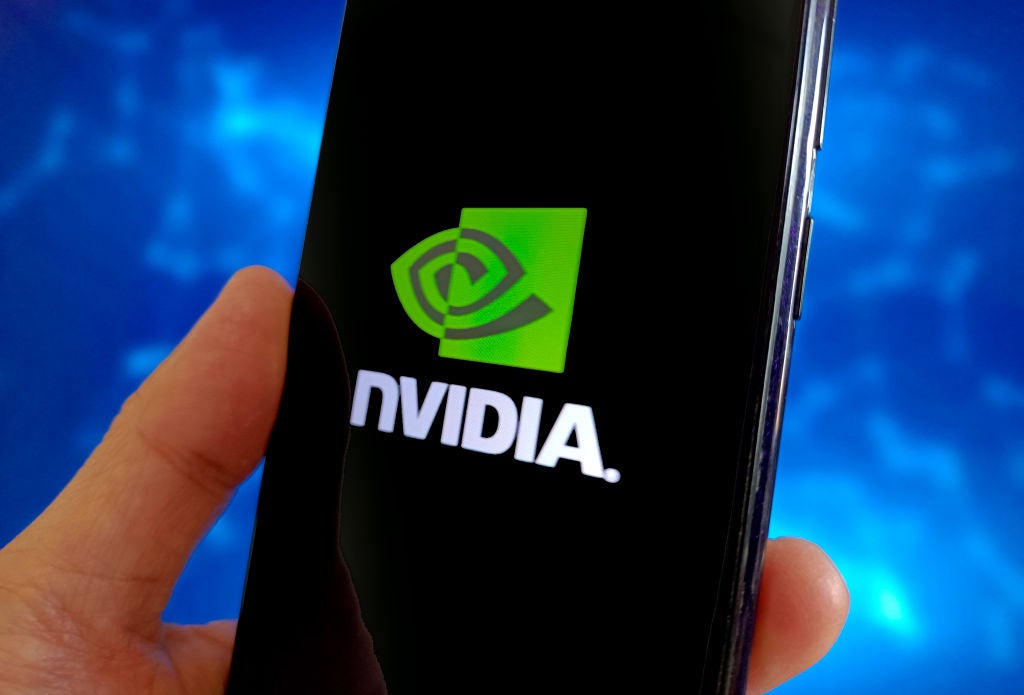
US chipmaker giant NVIDIA will soon start production of an AI chip designed for China to fit with US export controls, Reuters reported, citing two people familiar with the matter on Monday (8 January).
The H20 chip, which is the most powerful of the three chips designed for China by Nvidia, will begin mass production in the second quarter of 2024.
The new chip was announced following US restrictions on semiconductor equipment to China, which came into effect on October 7, 2022.
The H20 chip was initially scheduled to launch in November 2023, but was delayed due to manufacturers citing issues integrating it.
Chinese companies have been hesitant to buy the H20 due to its downgrade and have instead been looking to find domestic alternatives, Reuters reported.
In 2023, Chinese search engine giant Baidu announced that it had ordered AI chips from domestic company Huawei, ending its partnership from Nvidia.
How well do you really know your competitors?
Access the most comprehensive Company Profiles on the market, powered by GlobalData. Save hours of research. Gain competitive edge.

Thank you!
Your download email will arrive shortly
Not ready to buy yet? Download a free sample
We are confident about the unique quality of our Company Profiles. However, we want you to make the most beneficial decision for your business, so we offer a free sample that you can download by submitting the below form
By GlobalDataThe news comes as the value of semiconductor deals in China peaked in 2020, according to GlobalData’s deal database.
In 2020, the value of Chinese semiconductor deals totalled $32.9bn, a significant increase over 2019, which saw deals total just $3.1bn.
The value of deals totalled $16bn in 2021 and totalled just $14.8bn in 2023.
The total AI market will be worth $383.3bn in 2030, implying a 21% compound annual growth rate between 2022 and 2030, according to GlobalData's Thematic Research: AI report 2023.
Our signals coverage is powered by GlobalData’s Thematic Engine, which tags millions of data items across six alternative datasets — patents, jobs, deals, company filings, social media mentions and news — to themes, sectors and companies. These signals enhance our predictive capabilities, helping us to identify the most disruptive threats across each of the sectors we cover and the companies best placed to succeed.







